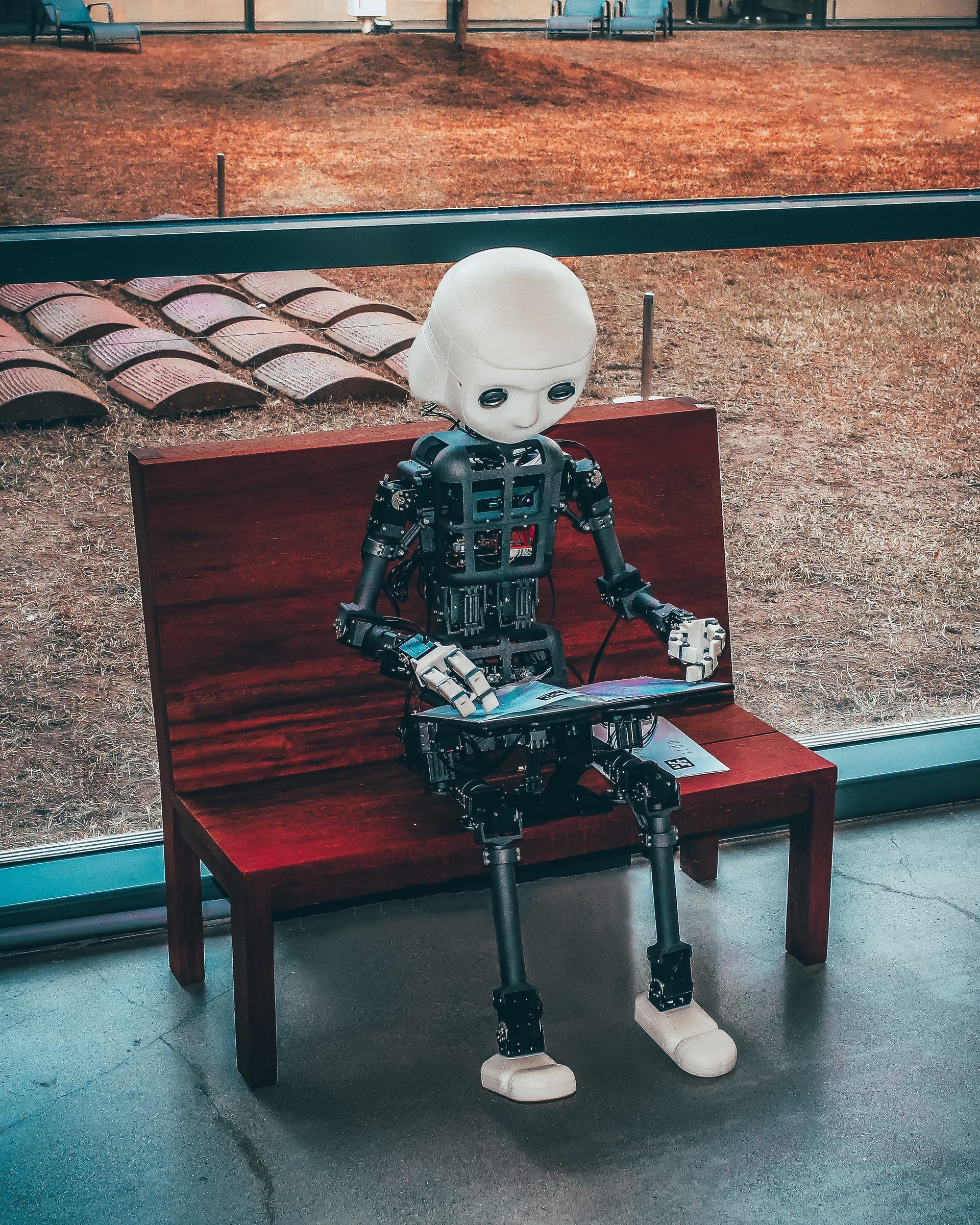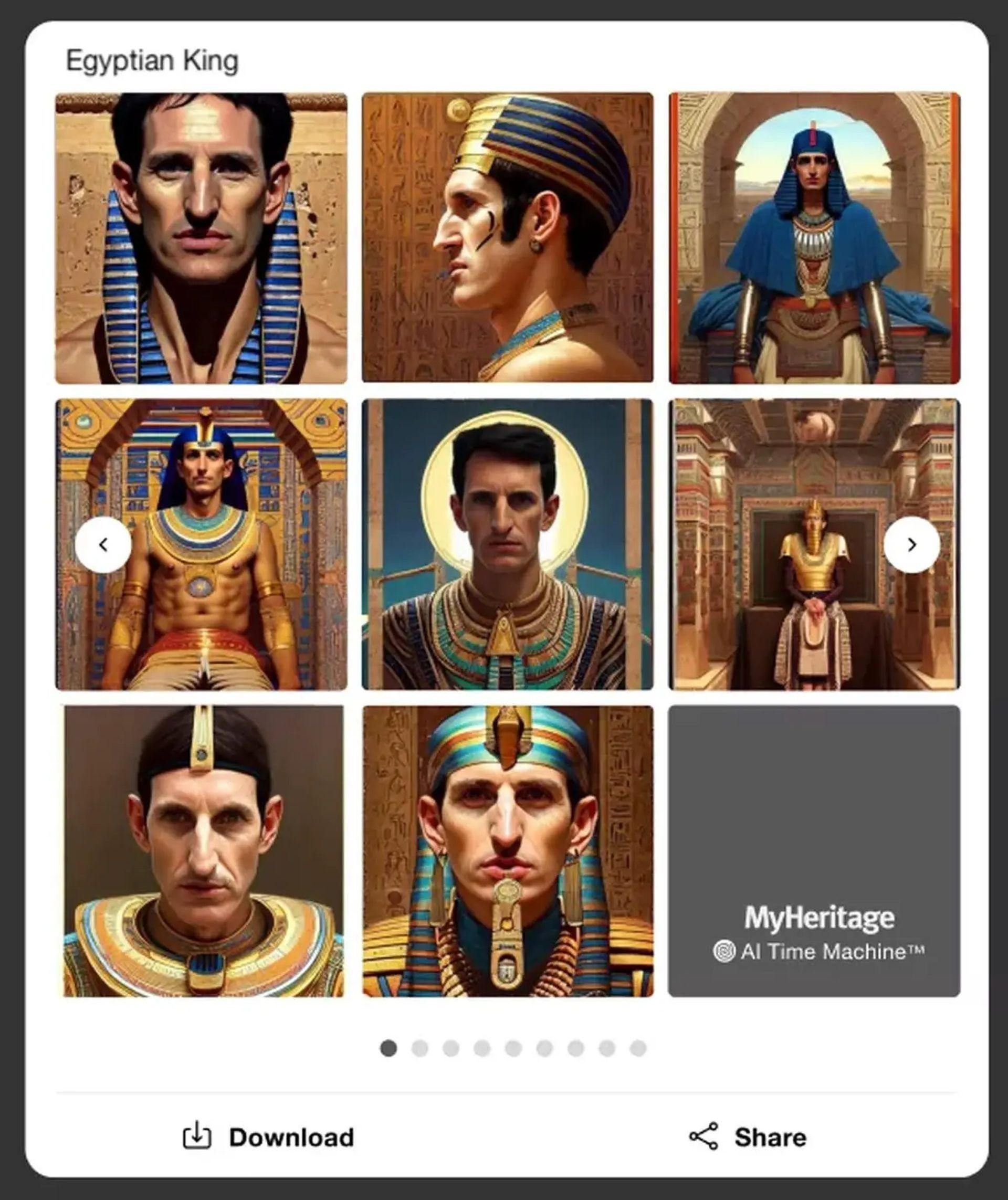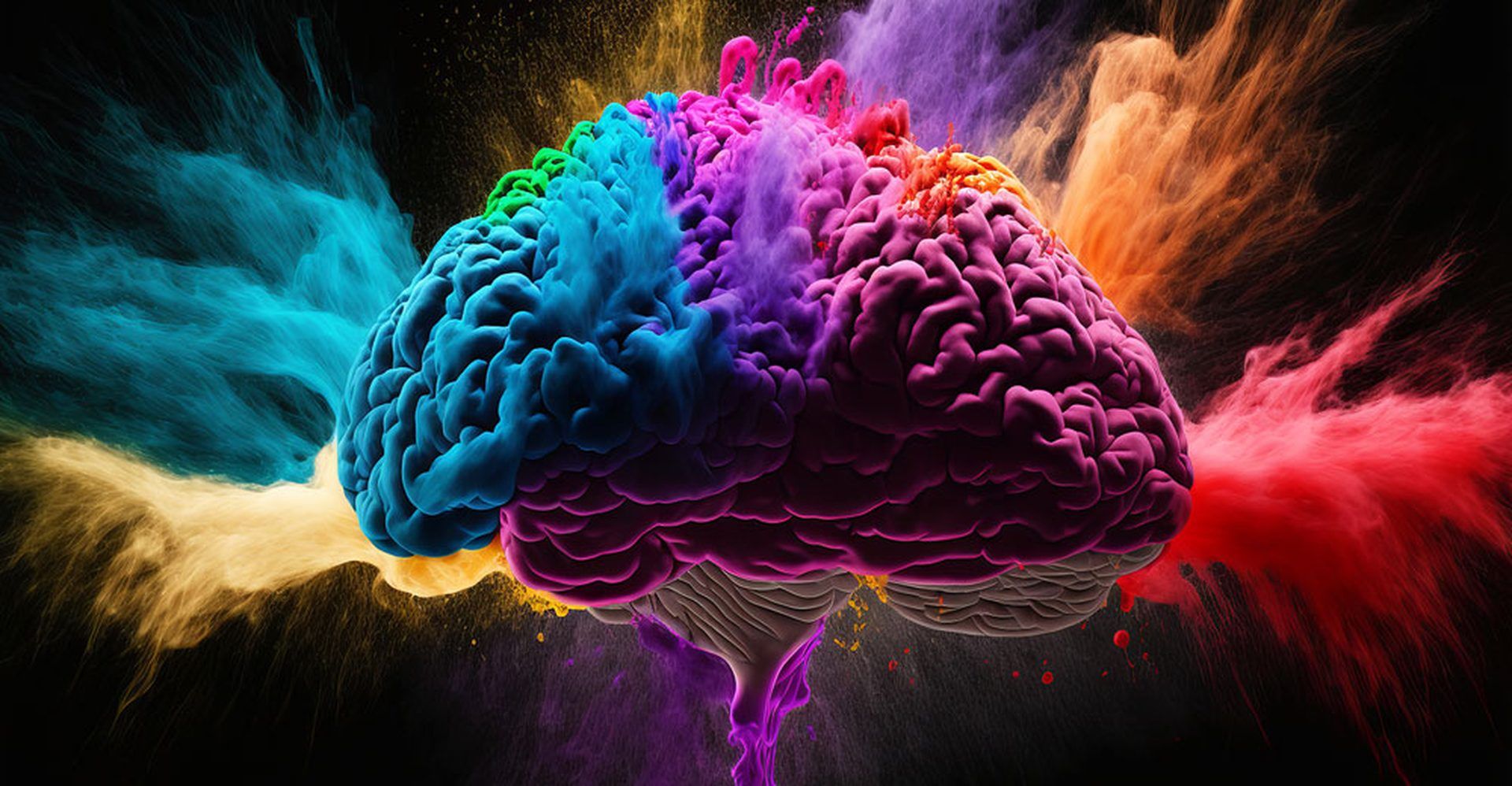What is generative AI? Yes, everyone is asking the same question nowadays. Since 2020, spending on generative AI has increased by 425 percent, reaching over $2 billion. Some of the most well-known uses of generative AI today are in the realm of machine learning. Training data can be utilized to generate new content such as photos, movies, or even text using this method.
ChatGPT, DALL-E 2, and Bing AI are some of the well-known generative AI tools.
What is generative AI?
Instead of merely analyzing and categorizing existing data, the generative artificial intelligence (AI) discipline attempts to generate new data from scratch. Generic artificial intelligence (AI) describes machine learning systems that can create novel meaning from preexisting data. ChatGPT, GPT-3.5, DALL-E, MidJourney, Jasper, and Stable Diffusion are among the top generative AI tools, along with DeepMind’s Alpha Code (GoogleLab).
What will be the most important technology over the next 50 years?
Emad believes it's Generative AI. I think it's age-reversal technology. What do you think? pic.twitter.com/ZLBBu65fkX
— Peter H. Diamandis, MD (@PeterDiamandis) February 8, 2023
Generative artificial intelligence refers to the technology that allows for the creation of new information from existing sources like text, audio files, and photographs (AI). In order to replicate the input, computers can now employ generative artificial intelligence to identify the underlying pattern.
There are 3 generative AI techniques:
- Generative adversarial networks (GANs): Two separate neural networks—a “generator” and a “discriminator”—make up a GAN. These neural networks are competing with one another to find a happy medium.
- Transformers: Using models of human cognition, transformers like GPT-3, LaMDA, and Wu-Dao can determine the relative importance of different parts of an input dataset. They are trained to recognize language and images, taught to develop new ones from large databases, and taught to classify existing ones.
- Variational auto-encoders: The encoder converts the input into a compressed code, which the decoder then uses to restore the original data.
Importance of generative AI tools
The potential of machines to make things that are both sensible and aesthetically pleasing is only now entering the developmental stage. By definition, generative artificial intelligence refers to instances in which a computer generates something new rather than analyzes an existing one.

Generative AI technologies are rapidly progressing toward being faster and more cost-effective than what people can generate by hand and even superior to what they produce in some cases. Social media, video games, advertising, architecture, computer programming, graphic design, product development, the law, marketing, and sales are just a few of the fields ripe for innovation. Yet, generative AI may allow for enhanced, accelerated, and more cost-effective production in various consumer sectors. This is because some tasks might be completely replaced by AI, while others would benefit more from a close iterative creative loop between humans and machines. Generative AI’s potential to reduce the marginal cost of creative and intellectual labor to zero is exciting since it might lead to massive increases in output per worker, GDP, and stock price.
Many individuals get paid good money to do knowledge work and creative labor, both of which generative AI hopes to enhance. The use of generative AI might increase productivity and innovation in certain fields by at least 10%. This means they improve in all ways, including speed, efficiency, and capability. As a result, the economic value created by generative AI might be in the trillions of dollars.
Generative AI applications
The generative artificial intelligence (AI) field is quickly growing and now encompasses many uses. Photographs, long-form texts, emails, social network posts, audio recordings, structured data, and even source code are just some of the information kinds they can process. Additionally, they may create original material, translate, answer questions, conduct sentiment analysis, summarize, and even make short videos. Businesses could benefit greatly from the adoption of these universal content engines. Currently, some of the most common uses of generative AI are in marketing contexts. Future applications of generative AI in healthcare and the life sciences may include disease detection and identifying potential therapies.
For the time being, consider the following examples of generative AI in action that you may encounter:
- Copywriting
- Writing assistants
- Code generation
- Art generation
- Gaming
- Media/Advertising
- Design
- Social networks

Best generative AI tools
We have already reviewed some of the best generative AI tools:
- Artbreeder AI
- Bing AI
- Google Bard AI
- ChatGPT
- Google MusicLM AI
- Tome AI
- StarryAI
- Chinchilla AI
- Uberduck AI
- MyHeritage AI Time Machine
- Meta Galactica AI
- Make-A-Video Meta AI
- Wombo Dream
- DALL-E 2
- Stable Diffusion AI art generator
Generative AI images
The majority of the above-mentioned Generative AI solutions focus on producing new images. AI tools that can generate graphics in two, three, or even four dimensions need text input as their starting point. Take a look at these samples of photos generated by artificial intelligence:

One example of the impressive results that generative AI can achieve is in the creation of photorealistic depictions of humans. See below for a sample of generative AI that might easily pass for a photograph.

Avatar creation is a common use of AI in the field of picture generation. TikTok is one of the most widely used platforms for sharing instances of generative AI.
@dawnaiapp
Generative AI techniques make it simple to assume the persona of any historical figure, be they an astronaut, a noble person of the 19th century, a knight of the Middle Ages, or a pharaoh of ancient Egypt.

Generative AI images are not the only examples of artificial intelligence. Do you know OkCupid is testing ChatGPT-generated match questions? As generative AI improves, new examples will be added to the list.





